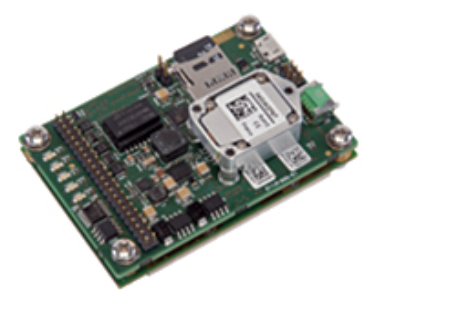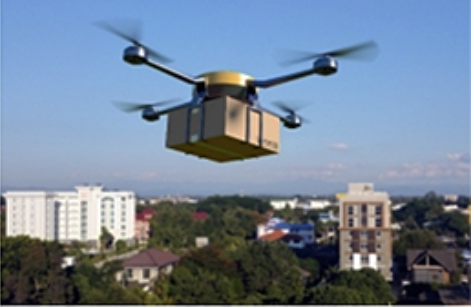
Septentrio has introduced a GNSS/INS receiver that is designed specifically for UAVs — the on-board inertial sensor enables a compact design aimed at quick set-up and integration due to a light weight unit and low power consumption that optimizes UAV battery life, resulting in longer flight times.
The AsteRx-i S UAS combines GNSS technology with industrial-grade inertial sensor to provide high-accuracy, reliable positioning and 3D orientation (heading, roll, pitch) to aerial drones and other compact robotic systems.

Septentrio’s introduction of AsteRx-i S UAS builds on top of the success of their existing UAV products, AsteRx m2 and m2a UAS. Its optimized SWaP (Size, Weight and Power) increases UAV battery life resulting in longer flight times and improved productivity. The credit card sized receiver is designed for easy integration into any UAS (Unmanned Aerial System) and is compatible with popular autopilots such as Pixhawk and ArduPilot. It is a single-package GNSS/INS product, with an on-board IMU (Inertial Measurement Unit) and standard connectors allowing flexibility of sensor choice.

Septentrio reliable, centimeter-level positioning is based on multi-frequency, multi-constellation GNSS technology (GPS, GLONASS, Galileo, BeiDou, QZSS). AsteRx-i S UAS combines a GNSS receiver with a high-quality IMU to deliver reliable positioning together with 3D orientation. Septentrio’s GNSS – IMU integration algorithm provides continuous positioning during short GNSS outages (coasting) that can happen in flight near high structures, under bridges or during banking turns.
AsteRx-i S UAS comes with built-in industry leading Advanced Interference Mitigation (AIM+) technology. In aerial drones, where lots of electronics are crammed into a small space, neighboring devices can emit electromagnetic radiation which interferes with GPS and GNSS signals. AIM+ offers protection against such interference resulting in faster set-up times and robust continuous operation. A built-in power spectrum plot allows users to analyze interference, helping locate its source and mitigating it.
Danilo Sabbatini, Product Manager at Septentrio, said quick receiver integration makes the lives of customers easier. It also speeds up their system’s time-to-market. The company's goal was to combine a high-performance product with a simple and flexible plug-and-play integration design, suitable for any aerial system.

